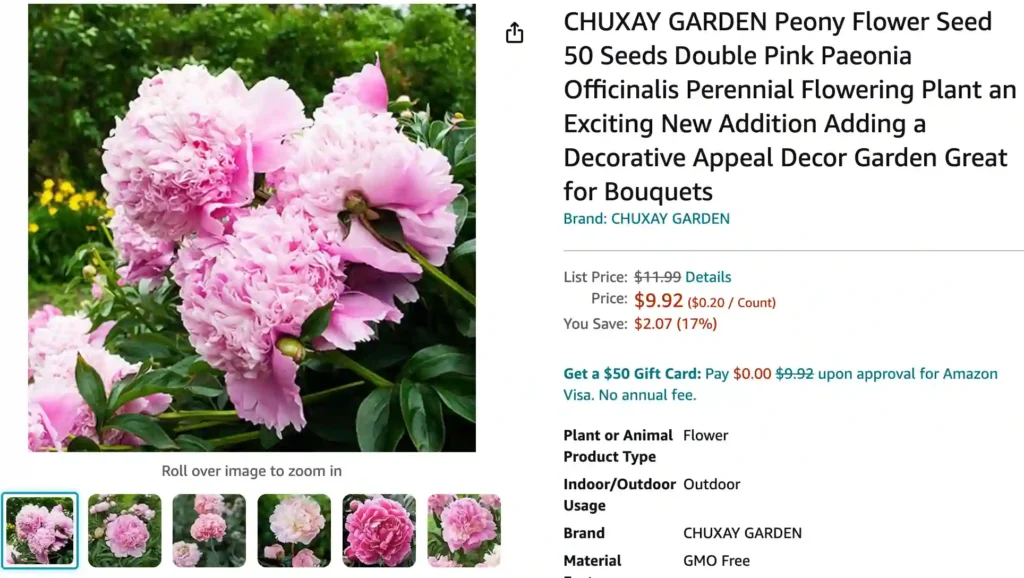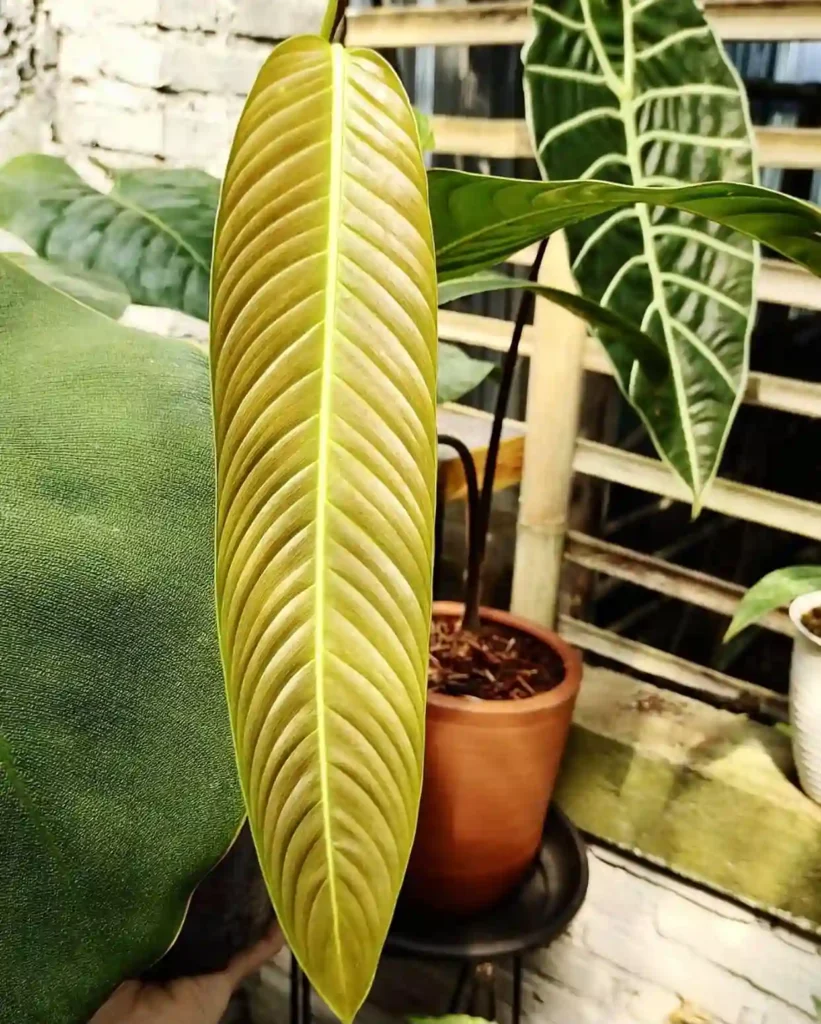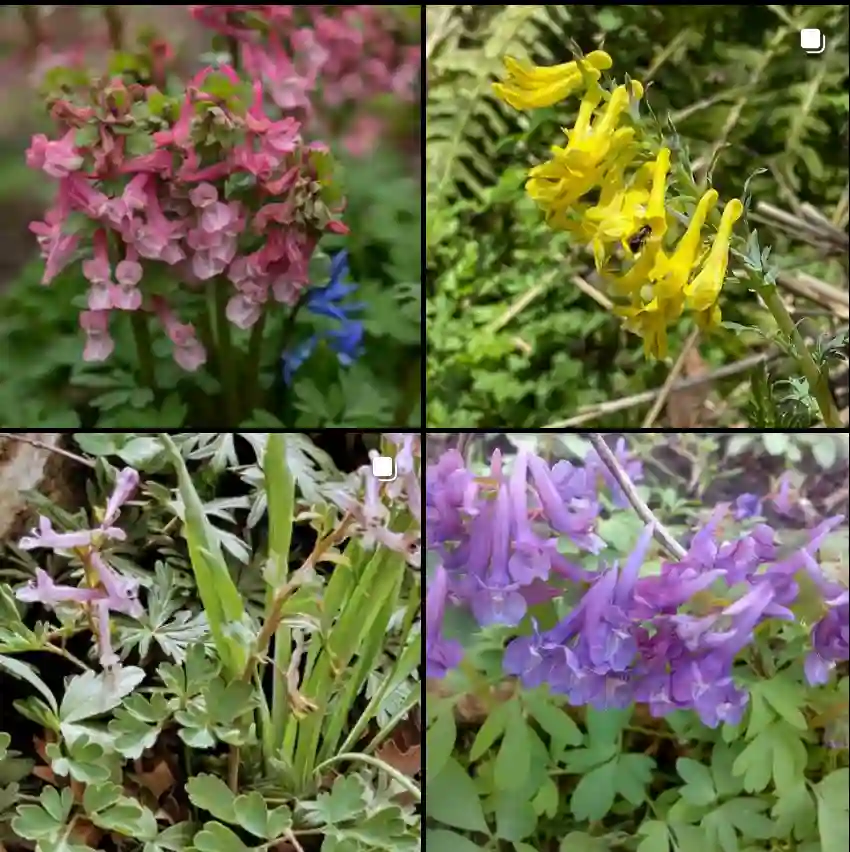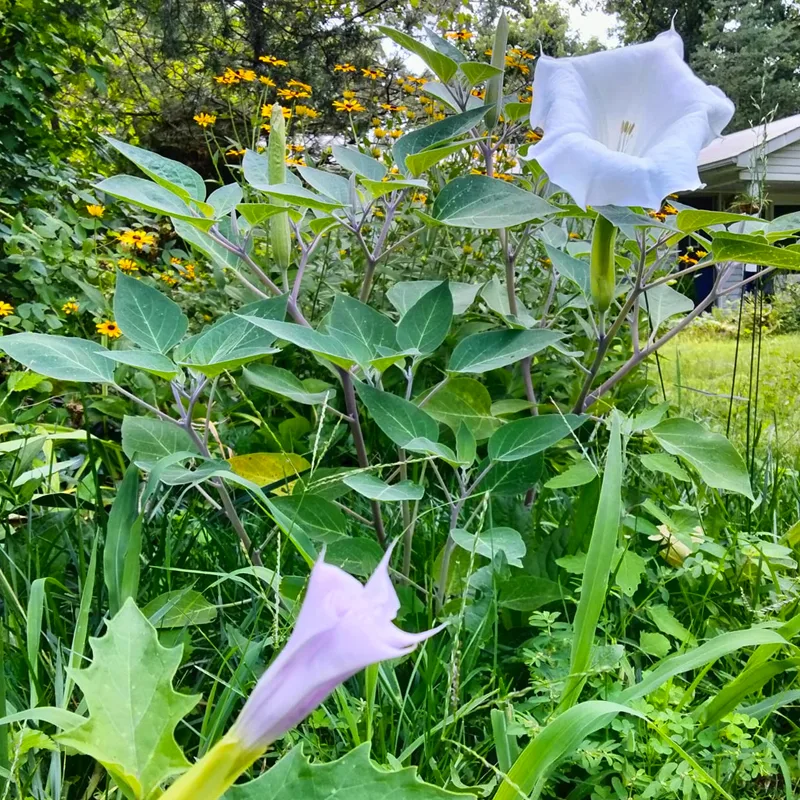
Paeonia Officinalis: Unveiling the Common Peony’s Charm
For years, I’ve been captivated by the enchanting blooms of the Common Peony, or Paeonia Officinalis. These magnificent flowers hold a special place in my garden, offering a burst of color and a touch of history. Today, I’m here to share my knowledge and answer some frequently asked questions about this beloved perennial.
Plant Family: Paeoniaceae – 42 Species in Genus Paeonia
What is Paeonia Officinalis?
Paeonia Officinalis, also known as the Garden Peony, is a herbaceous perennial belonging to the Paeoniaceae family. Native to the mountainous regions of Southern Europe, it boasts a long history of cultivation, gracing gardens for over 500 years.
This captivating plant typically reaches a height and width of 60-70 centimeters (24-28 inches). Its elegance lies in its delicately divided leaves, often boasting nine leaflets, and its stunning bowl-shaped flowers. These blooms, typically a deep pink or red, unfold in late spring (May in the Northern Hemisphere), adding a touch of grandeur to any garden.
Paeonia officinalis vs lactiflora
I’ve grown both Paeonia officinalis and Paeonia lactiflora, and I find Paeonia officinalis to be a bit more resilient, with its blooms lasting longer in my garden. Paeonia lactiflora, on the other hand, has a more delicate appearance, but its fragrance and variety of colors always make it a standout. I love the classic charm of the officinalis, but the lactiflora’s diverse blooms add a vibrant touch to my flower beds.
How to Care for Paeonia Officinalis?
Providing the right care for your Paeonia Officinalis is key to unlocking its full potential. Here are some essential tips:
- Light: Peonies thrive in full sun, receiving at least 6 hours of direct sunlight daily. However, some afternoon shade can be beneficial in hot climates.
- Soil: Well-drained, fertile soil is crucial. Amend your existing soil with compost or aged manure to ensure proper drainage and provide essential nutrients.
- Watering: Water your peonies regularly, especially during their first year of establishment and during hot, dry periods. Aim to keep the soil consistently moist but not waterlogged.
- Fertilization: A light application of balanced fertilizer in early spring can promote healthy growth and vibrant blooms.
- Pruning: Deadheading spent flowers encourages additional blooms and prevents seed formation, which can weaken the plant. Prune away any dead or diseased foliage in fall or early spring.
Remember: Patience is key with peonies. They may take a few years to mature and establish themselves before producing their best blooms.
How to Propagate Paeonia Officinalis?
Propagating your Paeonia Officinalis allows you to expand your collection and share its beauty with others. Two main methods are employed: division and seed propagation.
- Division: This is the most common method for established peony plants. In early fall, carefully dig up the plant and divide the rootstock into sections, each with at least 2-3 eyes (buds). Replant the divisions in prepared locations.
- Seed Propagation: Propagating from seed is a slower process, and it can take several years for seedlings to mature and bloom. However, it offers the potential for unique variations. Sow seeds in fall or early spring in a cold frame and provide them with consistent moisture and cool temperatures.
What to Plant With Paeonia Officinalis?
The vibrant blooms of Paeonia Officinalis pair beautifully with a variety of plants, creating a harmonious and visually captivating garden. Here are some ideas:
- Companion Flowers: Columbines, Siberian irises, daylilies, and foxgloves offer contrasting textures and colors, adding visual interest to your planting scheme.
- Groundcovers: Low-growing perennials like hostas, ferns, or creeping phlox fill in the empty spaces beneath the peony and provide year-round visual appeal.
- Shrubs: Early-blooming shrubs like lilacs or azaleas can complement the peony’s late-spring display, while evergreen shrubs like boxwood offer a backdrop for year-round structure.
By carefully considering color, bloom time, and texture, you can create a stunning and dynamic garden composition that showcases the beauty of your Paeonia Officinalis.
With proper care and a little planning, Paeonia Officinalis can become a treasured addition to your garden. Its elegant blooms and historical significance make it a truly captivating plant that will bring you joy for years to come.
If i die, water my plants!



